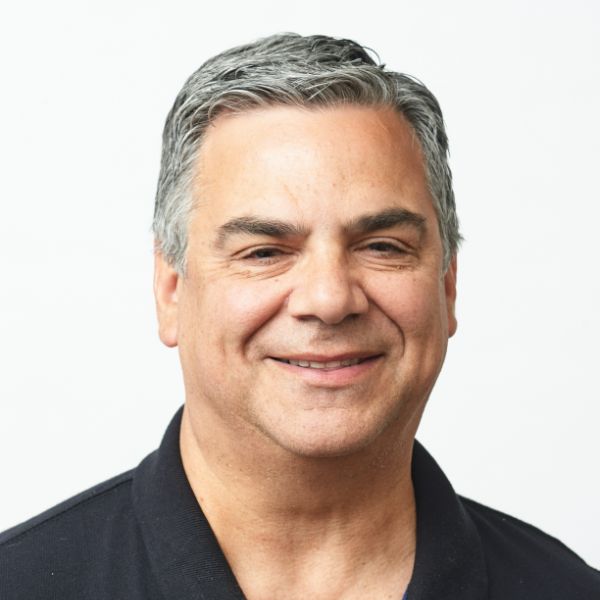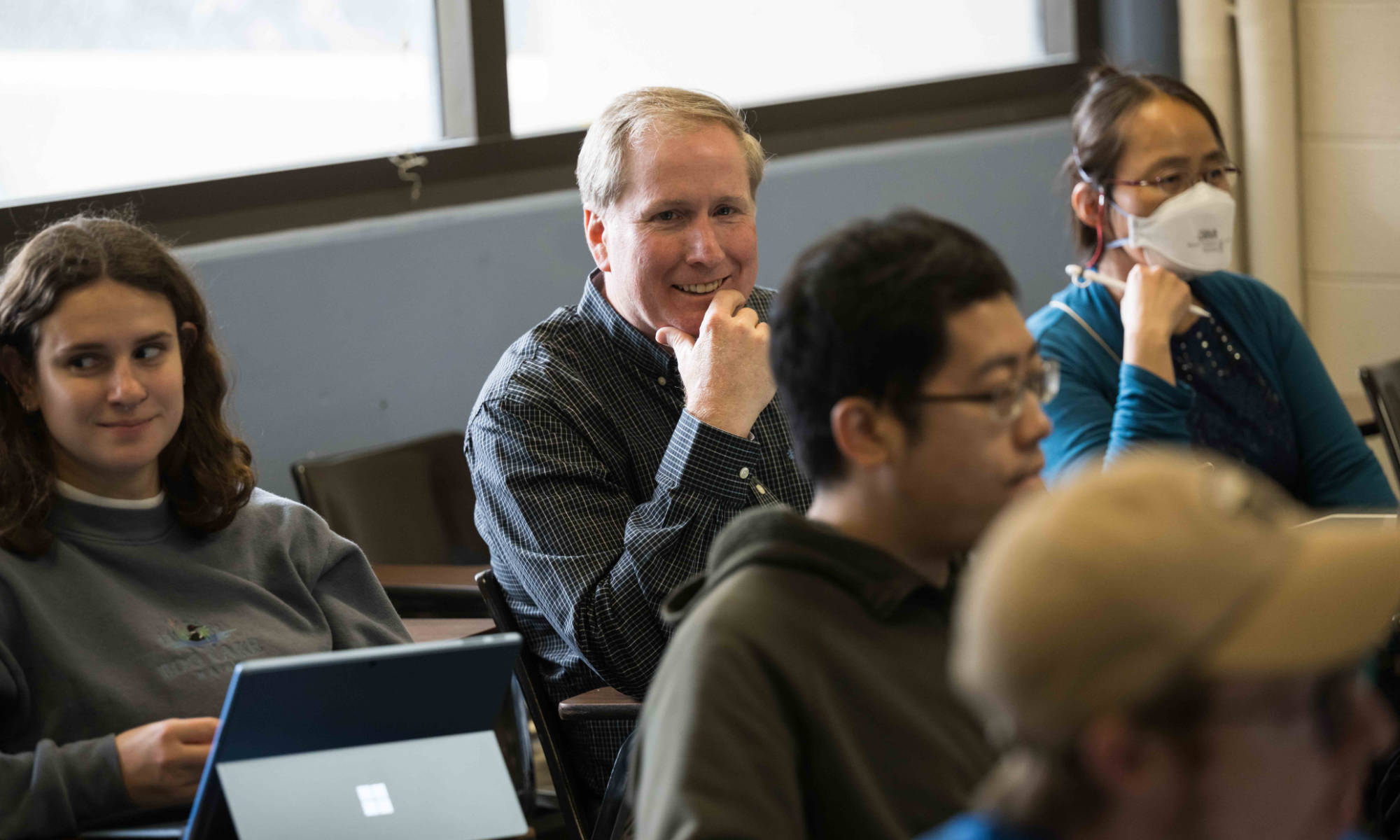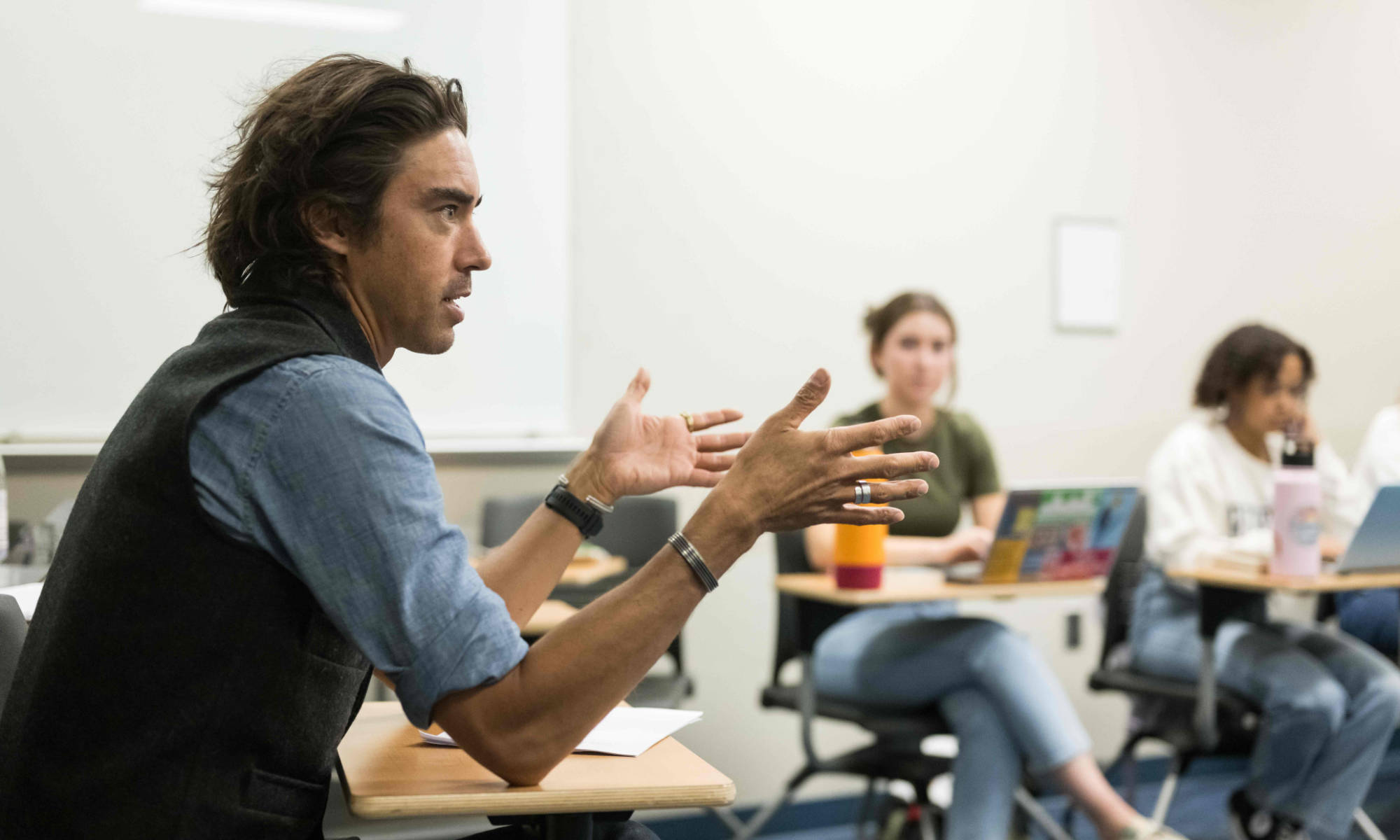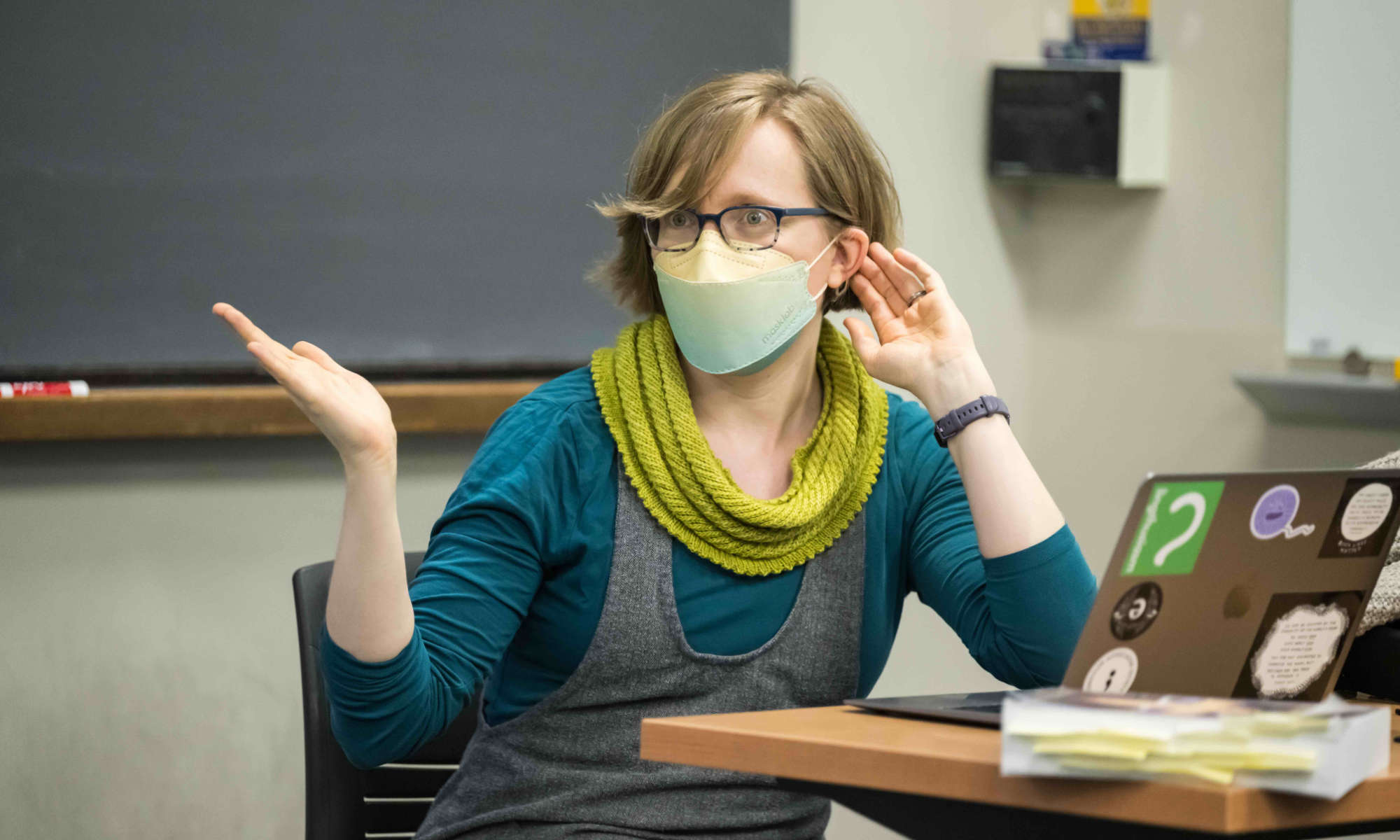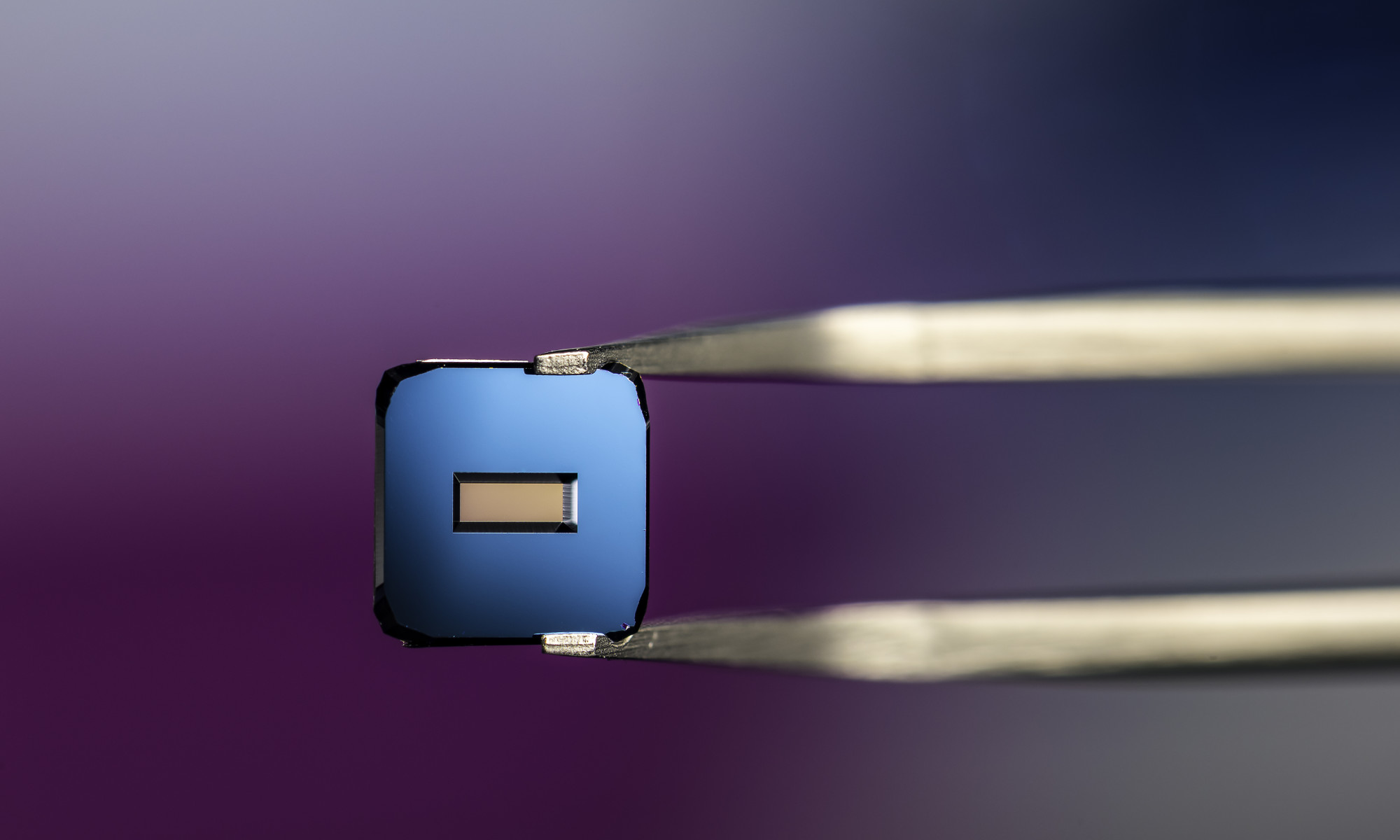The biomedical engineering professor’s approach has spillover effects beyond the signature undergraduate course he’s taught for 20 years.
James McGrath’s 20-year teaching career has been guided by a series of rules. The first of which is that neatness counts. Second: Working carefully is more important than working quickly. And finally, teach to the least-prepared student in the room.
“My goal is always to simplify the presentation so that everybody in the room is learning something,” says McGrath, the William R. Kenan Jr. Professor of Biomedical Engineering at the University of Rochester.
It’s clear that students are learning a lot.
“Dr. McGrath’s passion for biomechanics is palpable from the very first lecture,” says Arthur Masiukiewicz ’24. “He truly wants to make sure that every student understands the material. He executes this by encouraging students to ask questions in every lecture, and by prompting students with questions of his own to spark discussion of the material.”
A demanding teacher’s legacy continued
McGrath, who grew up in Mesa, Arizona, earned an undergraduate degree in mechanical engineering at Arizona State University. After completing a master’s from MIT in 1994 and a PhD from the Harvard-MIT Program of Health Sciences and Technology in 1998, McGrath interviewed for jobs in academia and industry.
Yet the lure of teaching was strong, and in 2001 he joined the University of Rochester, right when the biomechanical engineering department was being established. “It was so new that I was writing the curriculum for a class—BME 201: Fundamentals of Biomechanics—just in time for the department’s first sophomore class to take it,” he says.
His mentor at Arizona State had been a demanding engineering professor named Daniel Jankowski. “He was harsh but brilliant,” McGrath says. “He inspired me tremendously.”
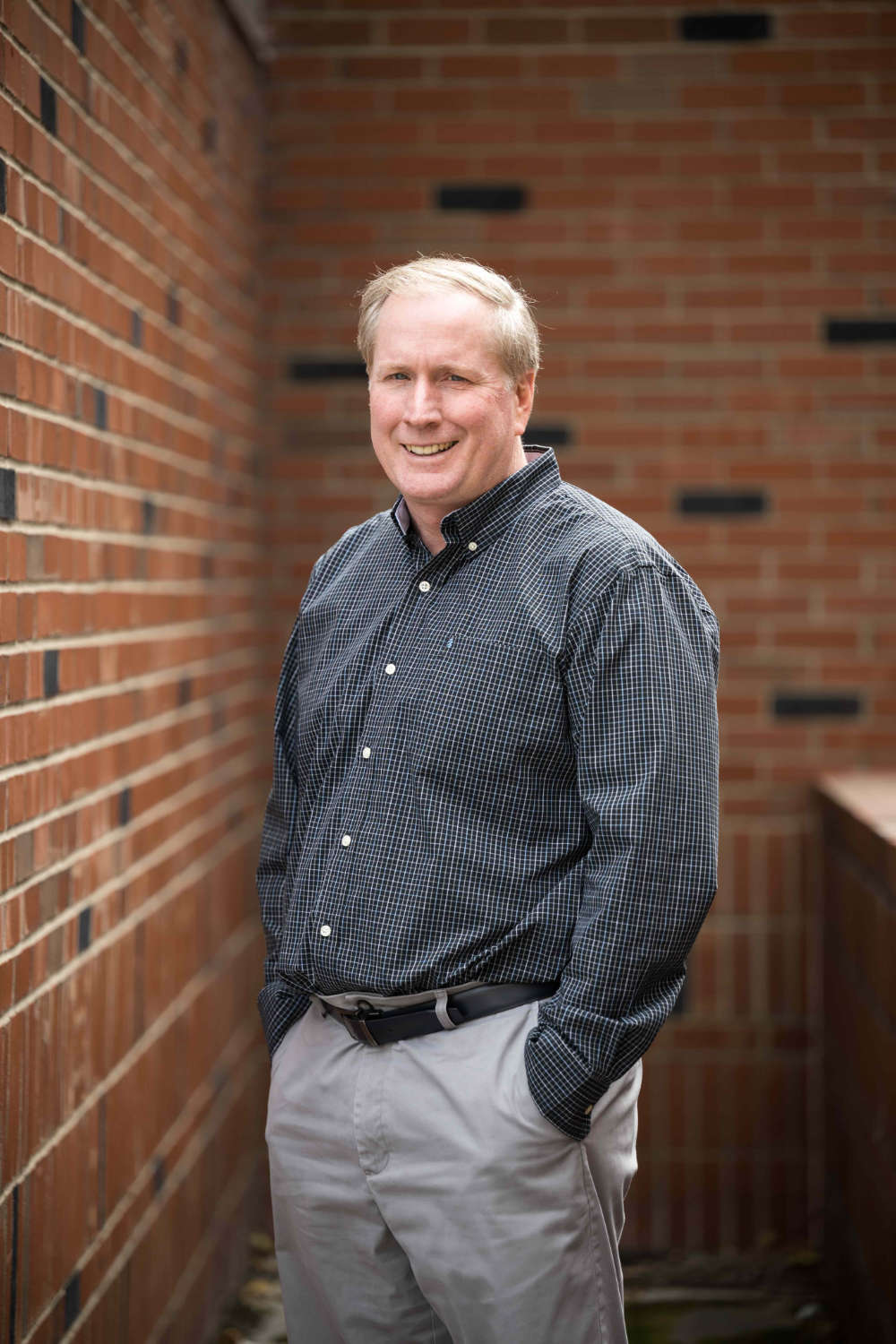
One aspect of Jankowski’s teaching that McGrath adopted at Rochester was a commitment to neatness in students’ homework. McGrath requires everyone in his BME 201 class to form lines using straight edges and circles using circle templates or protractors. “Sloppiness in a presentation is actually sloppy thinking,” he explains, “and neatness in a presentation is essential for clear thinking.”
But it’s more than that, McGrath says: “This is the first real engineering course that many students have ever taken. I thought it was very important that they develop these good habits for problem solving early on.”
Biomedical engineering associate professor Mark Buckley was grading papers for a class last year when he noticed this attention to detail from one student after another. When he commended their immaculate work, they told him, “We learned it from Professor McGrath.”
McGrath taught that course, which is required for biomedical engineering majors, for 20 consecutive years until taking a sabbatical last year. As a result, virtually every biomedical engineering student over the past two decades has had him as a teacher.
While he’s strict on neatness, McGrath is lenient on time. For his first 12 years, he gave students as long as possible to finish final exams—literally. “Back then, exams would start at 7:30 p.m., and the record was a student who turned in her exam at 6:30 a.m. because she had to catch a flight home,” McGrath says. “The registrar eventually moved the final exam to noon and made this approach impossible. But I still give students as long as possible to complete the final.”
Students have unlimited time to complete final exams—and some take several hours. He waits until the last student is finished, reasoning that careful work should be rewarded over quick work. Buckley says students in his classes have talked about BME 201 “like a rite of passage that they were proud of having successfully completed.”
How COVID-19 spurred a pedagogical shake-up
When the COVID-19 pandemic shut down much of the River Campus in March 2020 and moved classes online, McGrath took the setback as a chance to shake up his teaching.
“There were times in those 20 years when I felt like I couldn’t inspire myself or the students,” he says. “The only way to stay fresh is to step outside of your comfort zone and risk failure, and I decided this was the time.”
Prepping for his classes from home, he created more than 30 animated videos that cover fundamental concepts in biomechanics, providing the voiceovers himself. The videos were so popular that he used them when students returned to his class in person—only this time, he provided live narration. “For the first time in 20 years, I was able to face the students to teach instead of turning my back to write on the board,” he says. “It was very liberating.”
A teaching philosophy applied in the lab and beyond
McGrath’s early research focused on the phenomena of cell migration. But since 2007, he has been leading the Nanomembrane Research Group, a highly interdisciplinary, multi-institutional team that is developing and applying ultrathin silicon nanomembrane technologies. He views the group’s undergraduate and graduate researchers as his collaborators. “I’m terribly disinterested in being anybody’s boss, but I have no choice,” he says. “I do my best over our years of work together to help a student address their weaknesses, but without being too heavy-handed. By the time they leave, my goal is that they are, in fact, a colleague and not ‘my student.’”
His current colleagues are as impressed as his students.
“He’s always thinking hard about the course, how best to teach it, how to meet the needs of his students and ensure that learning objectives are met,” says Stephen McAleavey, and associate professor and chair of the biomedical engineering department. “His commitment to pedagogy is an inspiration to me and my colleagues.”
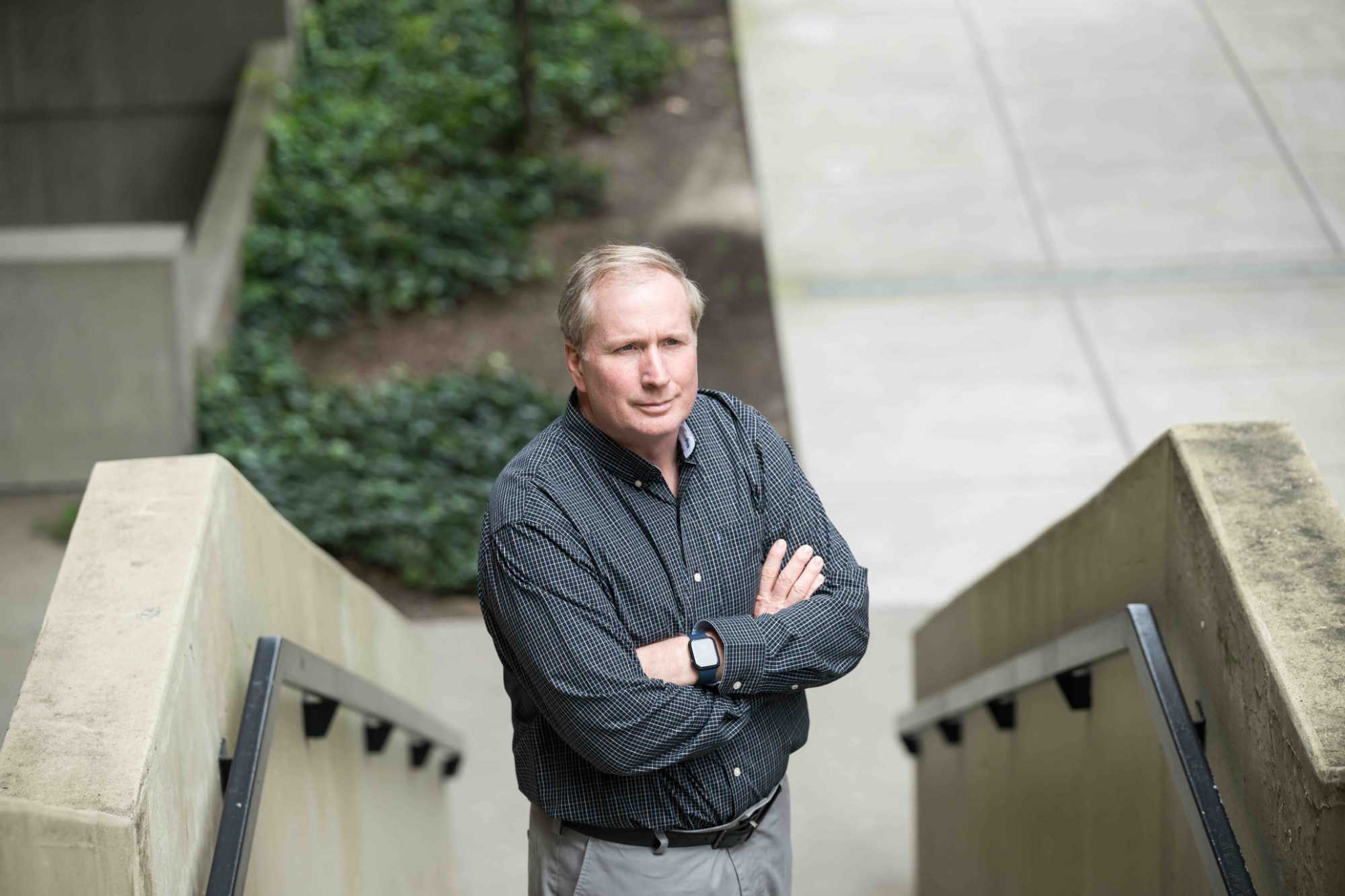
McGrath also is the cofounder of SiMPore, a membrane and nanotechnology company based in Rochester, New York, and serves on the board as a corporate director. Several undergraduates from his class have completed internships at the company over the years.
“Engaging with industry and start-ups over the years has given me an appreciation of the universal need for sound thinkers who can solve unanticipated technical problems,” he says. “We do teach problem solving very well in BME, and I think we have done it well in many programs at Rochester for decades. So my experience has given me the confidence to know that Rochester students will have a positive impact in their jobs once they are done here.”
His familiarity with industry has motivated him to prepare his students by emphasizing the fundamentals of problem solving until the key steps become habit. “State the problem clearly and in your own words so that you own it,” he says. “You are not finished with your work until you check that your answers are at least sensible. Others must ultimately judge whether they are the correct answers.”
What James McGrath’s students say
“Professor McGrath’s use of animated videos of his lectures was unique and helped me effectively visualize and understand the motions of the particles and rigid bodies we were studying, and the methods to solve problems. During his lectures, he frequently stopped to answer all the questions of his students, often approaching explanations in more detail, or from a different angle, to ensure the student fully understood the answer to their question. This enabled me to learn the material and excel in his class.”
—Wendy Zimmerman ’24“As a student, Professor McGrath’s teaching was clear, effective, and relevant. As a teaching assistant, he allowed freedom and creativity in the teaching environment. He often let us implement materials that we thought would be beneficial to students. I assure you that I am not the only student who believes Professor McGrath’s class was essential in our education and that he did a fantastic job in furthering our learning.”
—Priscila Passerotti Vaciski Barbosa ’22“He is a true inspirational professor, mentor, and a role model. It was a true honor to learn from him and a pleasure to work alongside him. I learned so much that cannot be taught anywhere else. I plan to stay in touch with him anywhere I go. Any time I reached an impasse, he offered me help that led to my growth. He’s an exemplary professor that any student is lucky to meet.”
—Michael C. Lee ’22

